Reopening a Museum After Quarantine: See Photos of Temperature Checks, Face Masks and New Systems
At long last, after closures that have stretched on for months, several museums around the world are beginning to reopen. Some institutions in China, South Korea, Switzerland, Japan, and Germany are already opened, and soon, select ones in Italy, Austria, France, and Denmark are expected to join them. (No major museum in the United States, however, has announced a reopening date yet, even though some states are beginning to ease social distancing restrictions.)
Because of the closures, many institutions have reported that they will have to weather significant financial losses, which in the United States has resulted in budget cuts and layoffs, furloughs, and pay cuts. But in countries where museums have reopened, the art scenes are optimistic—even if business has been dramatically altered. At many reopened museums, social distancing measures have been instituted. Visitors are often required to reserve tickets online, and the number of people allowed inside the galleries at any one time has been severely limited. In some cases, museums are requiring mandatory temperature checks for visitors, and in China, some institutions are checking QR codes that monitor people’s health.
To survey some of the earliest museum reopenings, ARTnews assembled a slideshow of photographs showing the opening days of some museums in China, South Korea, and Germany, as well as preparations for reopenings currently underway by Swiss museums.
China
In mid-March, Shanghai’s museums were among the world’s first art institutions to reopen following temporary closures that began in January. At the Shanghai Museum, visitors had their body temperatures checked before entry.
Visitors to the Power Station of Art in Shanghai, which also reopened in mid-March, were required to wear face masks in the galleries.
The Palace Museum in Beijing is one of China’s most-visited sites, which typically sees 19 million people flocking there each year. Currently, however, only 5,000 visitors a day can enter the museum, where workers help ensure that visitors maintain social distancing practices.
The Palace Museum also required visitors to queue in a pre-check area prior to entry. There, a personal QR code that decides whether or not someone is a health risk was checked by museum officials. The QR code system has been controversial because its data can be accessed by the government.
South Korea
At the National Museum of Korea in Seoul, with social distancing in mind, workers laid out markers to designate where visitors should stand while awaiting entry. The museum, which reopened on May 6, is currently allowing just 300 people at a time in its main exhibition hall, and entries can be booked online through a reservation system.
Placards in Korean and English throughout the museum reminded visitors to the National Museum of Korea of social distancing measures.
Germany
Staff at the Deutsches Museum, a science and technology institution in Munich that will reopen on May 11, laid out recommended places for viewing displays.
Switzerland
Elsewhere in Europe, some museums are planning for a reopening as early as next week. The Musée Cantonal des Beaux-Arts in Lausanne has set its reopening date for May 12. Right now, however, artworks are still sheathed in paper to protect some of the works.
On Thursday, workers at the Kunstmuseum Lucerne in Switzerland began preparing artworks for its public reopening on May 12. Materials that covered artworks for the past couple months at long last were removed.
Spain
For many museums, however, there is still no reopening in sight. The Museo Nacional del Prado in Madrid, which is home to one of the world’s finest collection of European art, remains closed. Its treasures are still on view, without any visitors to see them.
Source: Alex Greenberger, artnews.com

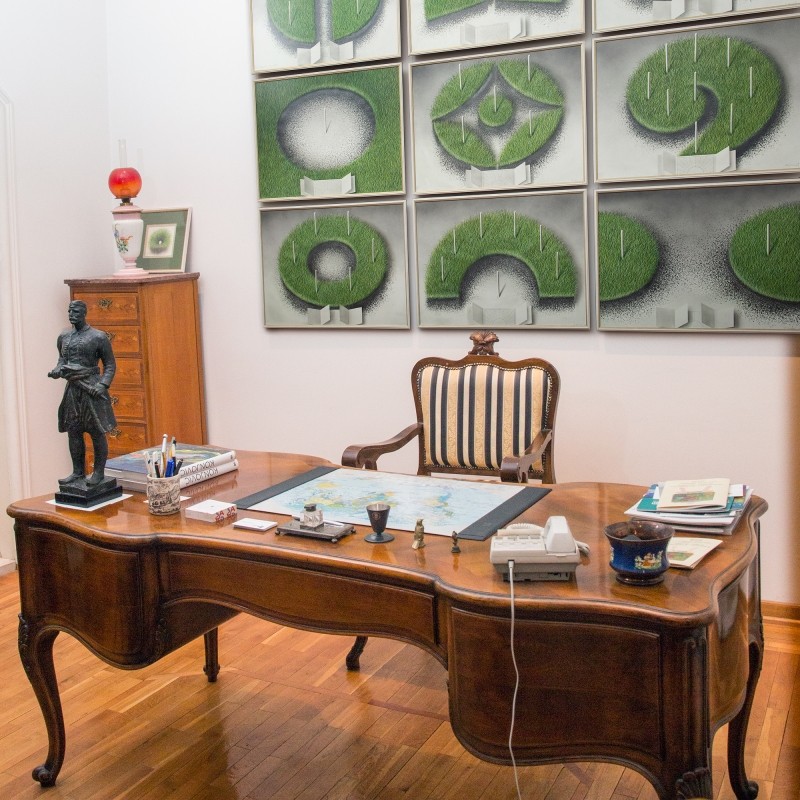
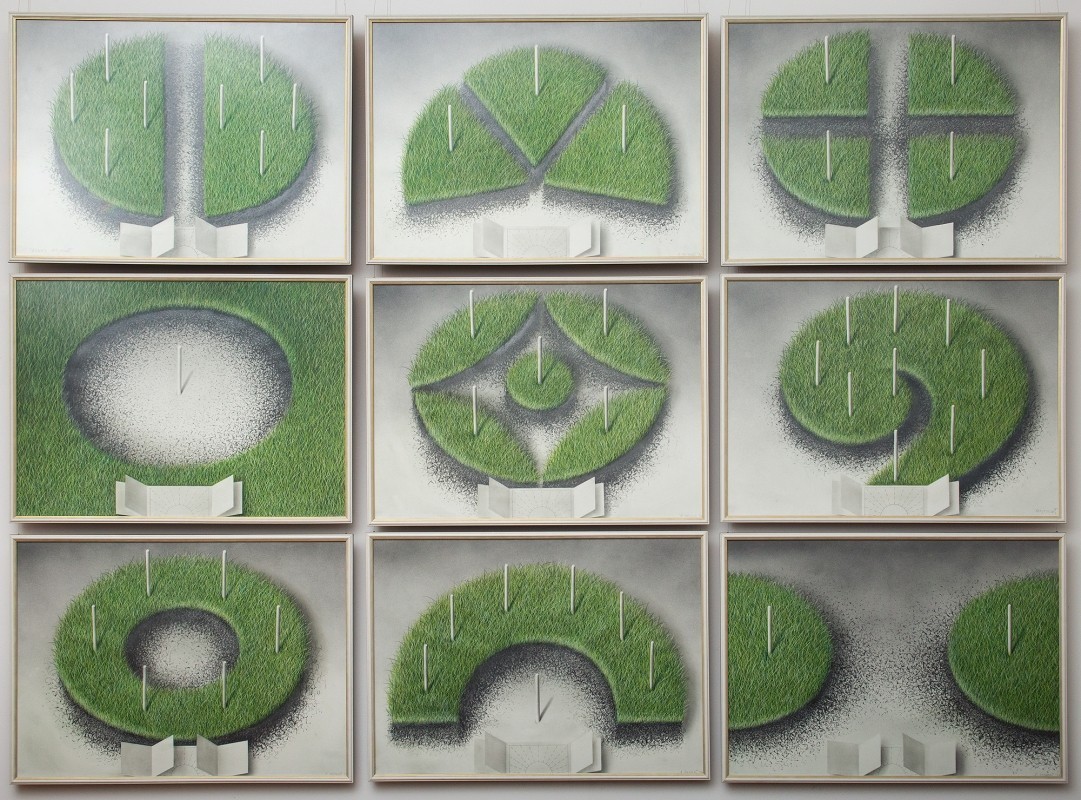
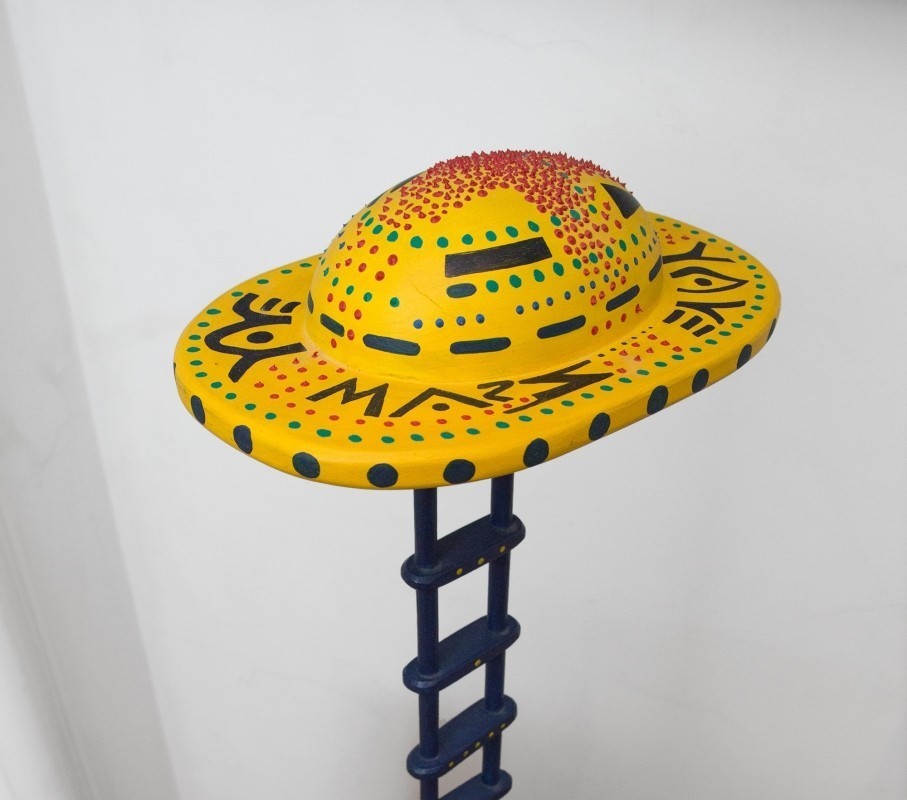
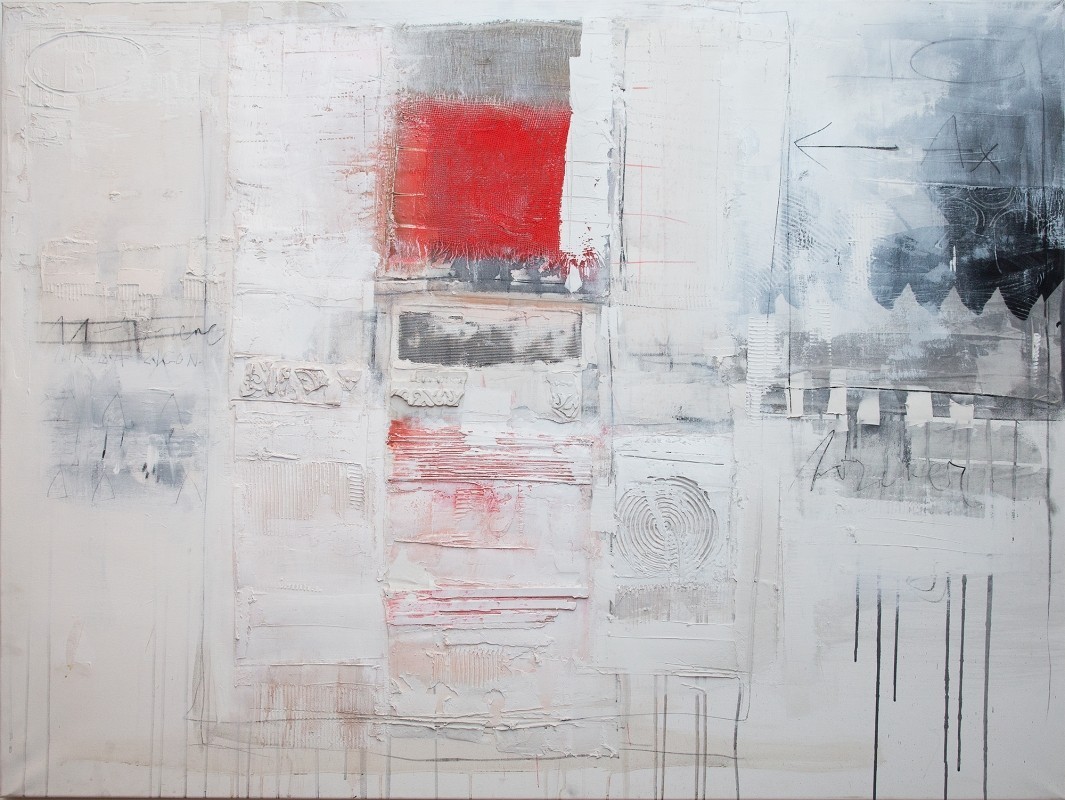
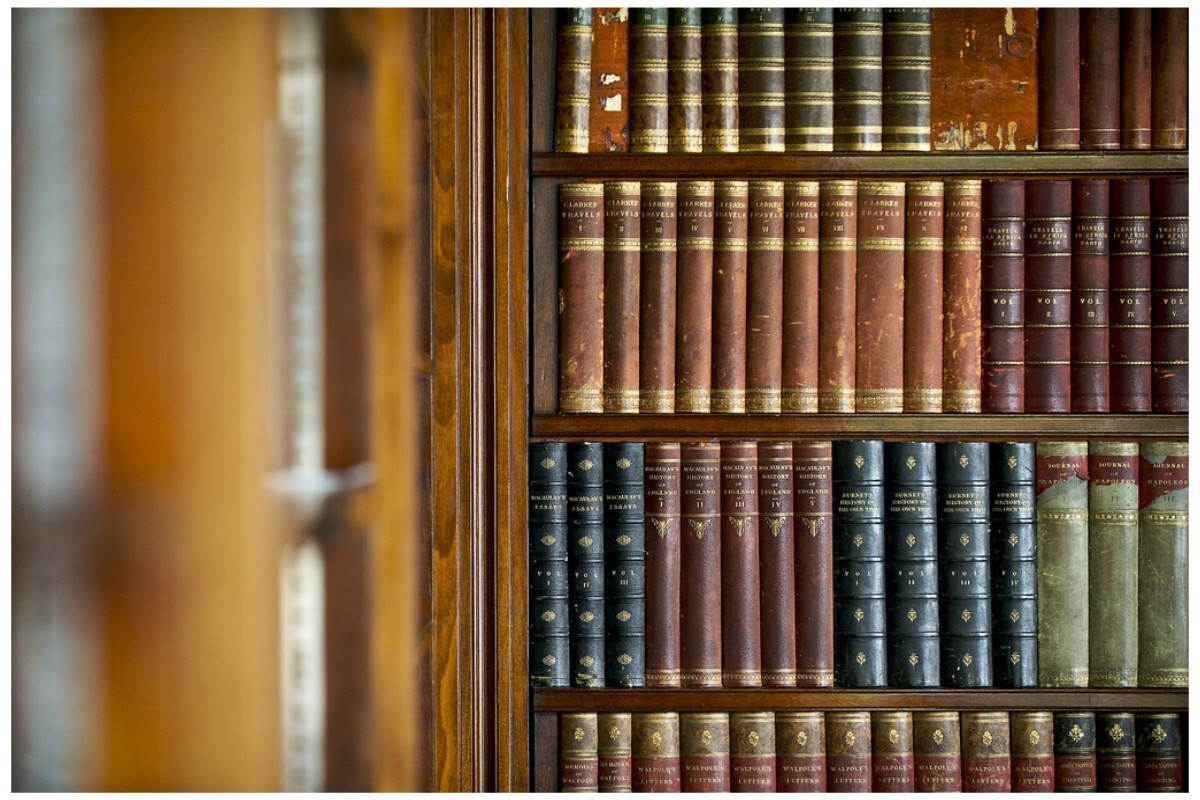


 Tweets by @ArtHaus_rs
Tweets by @ArtHaus_rs